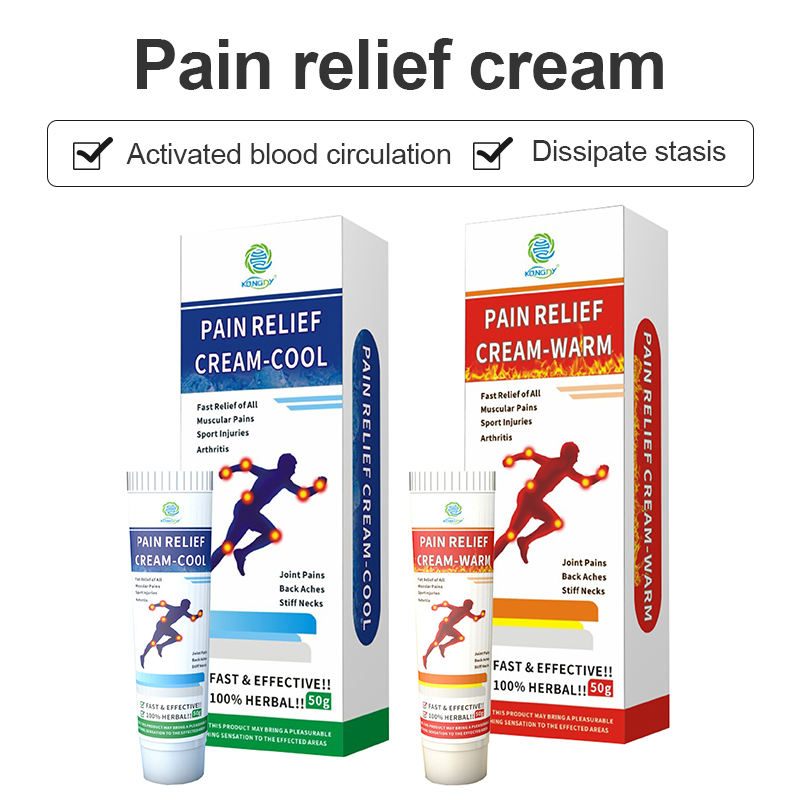Pain relief creams have become increasingly popular as a non-invasive method to alleviate various types of discomfort. These topical solutions offer targeted relief for muscle aches, joint pain, and minor injuries without the need for oral medications.
The effectiveness of pain relief creams lies in their active ingredients. Common components include menthol, camphor, and capsaicin, which work together to create a cooling or warming sensation that distracts from pain and promotes blood flow to the affected area. Some formulations also incorporate natural anti-inflammatory agents like arnica or eucalyptus oil.

One of the main advantages of using a pain relief cream is its localized effect. Unlike oral painkillers that affect the entire body, topical creams can be applied directly to the source of discomfort, minimizing potential side effects. This makes them particularly useful for athletes, arthritis sufferers, and individuals with chronic pain conditions.
When choosing a pain relief cream, it’s essential to consider factors such as the intensity of pain, skin sensitivity, and any underlying health conditions. Some creams are formulated for specific types of pain, such as arthritis or neuropathy, while others offer more general relief.
While pain relief creams can be highly effective for many people, it’s important to use them as directed and consult with a healthcare professional if pain persists or worsens. These creams should be seen as part of a comprehensive pain management strategy that may include other treatments, exercises, and lifestyle modifications.
As research in this field continues to advance, we can expect to see even more innovative and effective pain relief cream formulations in the future, offering hope to millions of people seeking natural and convenient solutions for their pain management needs.






